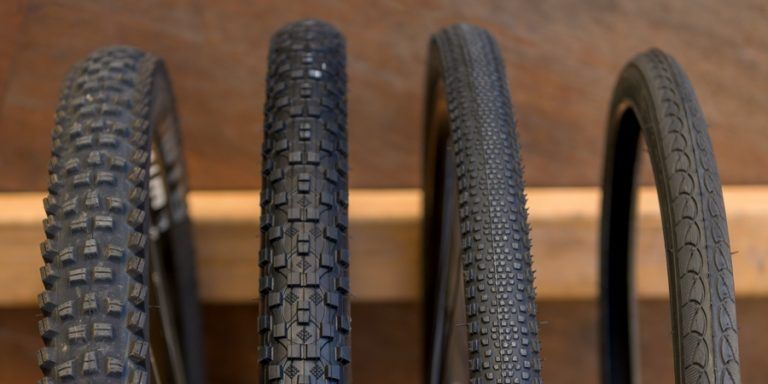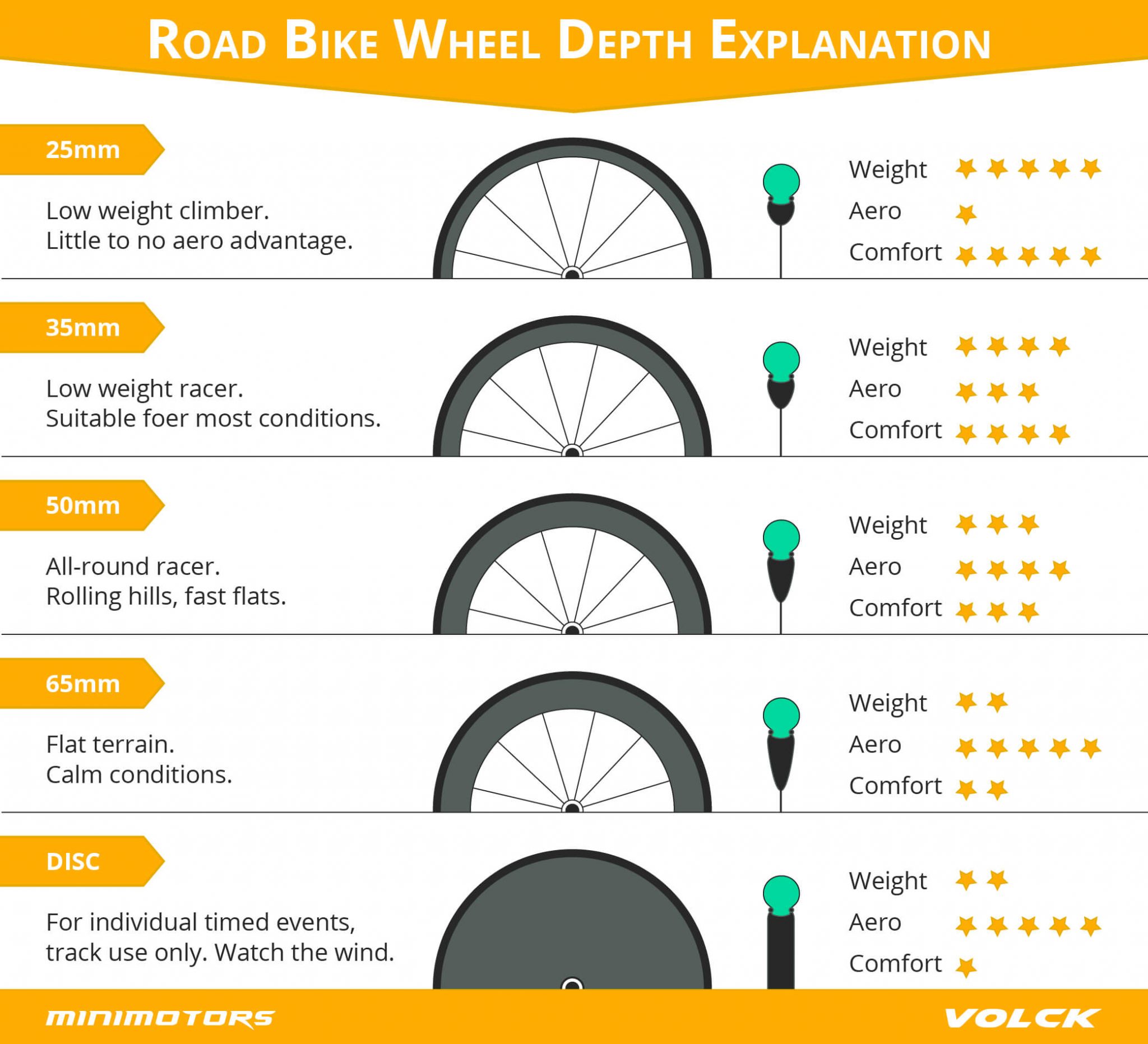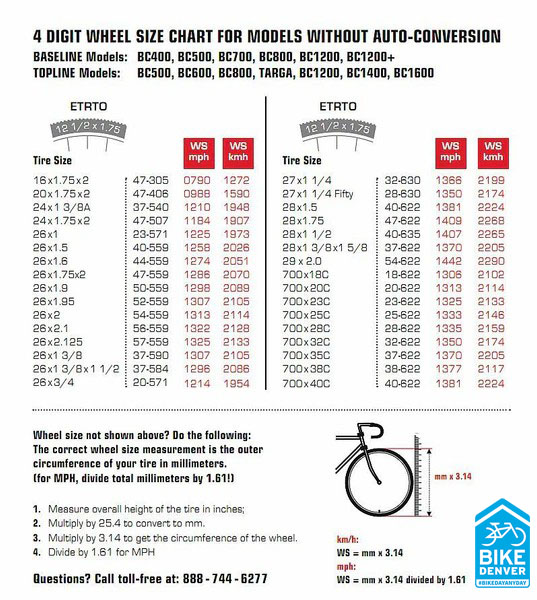Understanding Bicycle Wheel Rim Width
Bicycle wheel rim width plays a crucial role in the overall performance and safety of a bike. Rim width refers to the measurement between the inner edges of the rim where the tire bead seats. This dimension significantly impacts handling, stability, and aerodynamics, making it an essential factor to consider when selecting wheels or building custom bikes.
Factors to Consider When Choosing the Right Wheel Rim Width
Selecting the appropriate bicycle wheel rim width is vital for optimal performance and safety. Key factors to consider include bike type, riding style, and tire size. Ensuring compatibility and balance between the wheel rim and other components is essential for a smooth and efficient ride.
Bike Type: Different bicycle types have specific wheel rim width requirements. For instance, road bikes typically use narrower rims, while mountain bikes require wider rims to accommodate larger tires and provide better traction. Hybrid and gravel bikes often fall in between, requiring a middle-ground rim width.
Riding Style: The chosen rim width should align with your riding style. For example, narrower rims are more suitable for racing and time trialing, where aerodynamics and lightweight components are prioritized. Conversely, wider rims are better for off-road riding, touring, or commuting, as they offer improved stability, grip, and comfort.
Tire Size: The rim width should match the tire width for optimal performance. A general rule of thumb is to maintain a 1:1.5 to 1:1.8 ratio between the tire width and the inner rim width. This balance ensures proper tire support, reduces the risk of pinch flats, and enhances overall handling and stability.
Popular Bicycle Wheel Rim Width Options
Numerous wheel rim width options are available in the market, each with its advantages and disadvantages. Here are some of the most common choices:
- 19mm to 21mm Rims: These narrow rims are typically found on road bikes and time trial machines. They offer reduced weight and aerodynamic advantages but may compromise stability and grip, especially in adverse weather conditions.
- 23mm to 25mm Rims: These mid-range rims are suitable for various cycling disciplines, including road, gravel, and cyclocross. They provide a good balance between aerodynamics, stability, and tire compatibility.
- 27mm to 30mm Rims: Wider rims are increasingly popular among mountain bikers, gravel enthusiasts, and touring cyclists. They offer improved stability, grip, and comfort, particularly when using larger tires. However, they may increase rolling resistance and negatively impact aerodynamics.
For example, the DT Swiss ER 1600 Spline DB 32 wheelset features a 24mm inner rim width, making it a versatile choice for road, gravel, and cyclocross bikes. Another option is the Stan’s NoTubes ZTR Crest MK3 wheelset, which has a 23mm inner rim width, catering to road and cyclocross riders seeking a lightweight and durable wheelset.
How to Measure Bicycle Wheel Rim Width
Accurately measuring the width of a bicycle wheel rim is essential for selecting compatible tires and ensuring optimal performance. Follow these steps to determine your rim width:
- Securely mount the wheel in a truing stand or similar device to keep it stable during measurement.
- Locate the outermost points of the rim where the tire bead seats. Measure the distance between these two points, perpendicular to the rim’s length, to obtain the rim’s external width.
- To find the inner rim width, measure the distance between the inner edges of the rim where the tire bead seats. This measurement is crucial for determining tire compatibility and performance.
- When accounting for rim design variations and manufacturing tolerances, consider the following:
- Rim profiles: Some rims have a more pronounced hook or bead shelf, which may affect the inner rim width measurement.
- Tubeless compatibility: Tubeless rims often have a wider inner width to accommodate larger tires and sealant.
- Manufacturing tolerances: Rims may not always meet the stated width specifications, so allow for minor variations.
By accurately measuring your bicycle wheel rim width, you can make informed decisions about tire selection, compatibility, and performance. This knowledge is essential for maintaining a safe and efficient cycling setup.
The Impact of Bicycle Wheel Rim Width on Tire Selection
Wheel rim width significantly influences tire choice and compatibility, as the rim width-to-tire width relationship affects tire performance. Understanding this relationship can help cyclists make informed decisions about tire selection, ensuring optimal performance and safety.
Rim Width and Tire Width Relationship
The relationship between rim width and tire width is crucial for achieving the desired tire performance. A general guideline is to maintain a 1:1.5 to 1:1.8 ratio between the tire width and the inner rim width. This balance ensures proper tire support, reduces the risk of pinch flats, and enhances overall handling and stability.
Tire Performance and Rim Width
The rim width can impact tire performance in several ways:
- Rolling Resistance: Wider rims can reduce rolling resistance by providing better tire support and allowing for lower tire pressure. Lower tire pressure can lead to increased traction and comfort, especially on rough surfaces.
- Grip: A wider rim can improve tire grip by allowing for a larger tire contact patch. A larger contact patch distributes the rider’s weight over a broader area, increasing traction and control, particularly in corners and during braking.
- Comfort: Wider rims can enhance comfort by enabling lower tire pressure, which reduces the impact of road vibrations and bumps. Lower tire pressure also improves ride quality and reduces the risk of pinch flats.
For example, a road bike with 25mm tires may benefit from a rim width between 17mm and 21mm, while a gravel bike with 40mm tires may require a rim width between 23mm and 30mm. Always consult manufacturer recommendations and guidelines to ensure compatibility and optimal performance.
Bicycle Wheel Rim Width and Aerodynamics: What You Need to Know
Aerodynamics play a crucial role in a cyclist’s overall speed and efficiency, and wheel rim width can significantly impact aerodynamic performance. By understanding the relationship between rim width, rim shape, tire choice, and riding conditions, cyclists can optimize their wheel setup for improved aerodynamics and faster speeds.
Rim Shape and Aerodynamics
Aerodynamically-designed wheel rims can help reduce air resistance and improve overall speed. Modern wheel rims often feature a toroidal or V-shaped profile, which minimizes air turbulence and drag. Wider rims can further enhance aerodynamics by providing a larger surface area for the tire to attach to, creating a smoother and more stable airflow around the wheel.
Tire Choice and Aerodynamics
Tire choice can also impact aerodynamics. Tubeless tires, for example, can be run at lower pressures, reducing the tire’s deformation and turbulence at high speeds. Additionally, tires with a more streamlined profile can minimize air resistance, contributing to improved aerodynamics and overall speed.
Riding Conditions and Aerodynamics
Riding conditions, such as wind direction and speed, can affect aerodynamic performance. Crosswinds, in particular, can have a significant impact on wider rims. While wider rims can offer aerodynamic advantages in certain situations, they may also be more susceptible to crosswinds, potentially compromising stability and control. Cyclists should consider their typical riding conditions when selecting a wheel rim width for optimal aerodynamic performance.
In summary, understanding the relationship between bicycle wheel rim width and aerodynamics can help cyclists make informed decisions about wheel and tire selection, ultimately improving overall speed and efficiency. By considering rim shape, tire choice, and riding conditions, cyclists can optimize their wheel setup for improved aerodynamics and faster speeds.
Maintaining and Upgrading Bicycle Wheel Rim Width
Proper maintenance and care are essential for preserving the performance and longevity of bicycle wheel rim width. Regular cleaning, adjusting, and replacing components can ensure optimal rim width and contribute to a safer and more enjoyable riding experience.
Cleaning Bicycle Wheel Rims
Cleaning your bicycle wheel rims regularly can help maintain their performance and appearance. Use a mild detergent, warm water, and a soft brush to gently scrub the rim surface. Rinse thoroughly and dry completely to prevent corrosion or damage. Avoid using high-pressure water sources, as they can force water into the rim and hub bearings, leading to premature wear and failure.
Adjusting and Replacing Components
Periodically inspect your wheel’s spokes, nipples, and rim tape for signs of wear or damage. Ensure that the spoke tension is even and that the rim is centered in the fork or dropouts. If you notice any issues, consult a professional mechanic or the wheel manufacturer’s guidelines for adjustment or replacement instructions.
Considerations for Upgrading Bicycle Wheel Rim Width
When upgrading your bicycle wheel rim width, consider the following factors:
- Compatibility: Ensure that the new rim width is compatible with your bike’s frame, fork, and braking system. For disc brake bikes, focus on the inner rim width, while rim brake bikes require attention to the outer rim width.
- Tire Selection: Choose tires that are compatible with the new rim width, considering the recommended ratio between tire and rim widths.
- Performance Goals: Determine your performance goals, such as improved aerodynamics, stability, or comfort, and select a rim width that aligns with those objectives.
By maintaining and upgrading your bicycle wheel rim width with care and consideration, you can ensure optimal performance, safety, and enjoyment on your next ride.
Frequently Asked Questions About Bicycle Wheel Rim Width
This section addresses some of the most common questions and misconceptions about bicycle wheel rim width, helping you make informed decisions about your wheelset and ensuring optimal performance and safety.
What is the ideal bicycle wheel rim width for my bike and riding style?
The ideal rim width varies depending on your bike type and riding style. For road bikes, rim widths typically range from 15mm to 25mm, with narrower rims (15mm-17mm) preferred for racing and wider rims (19mm-25mm) for comfort and stability. Mountain bikes generally use wider rims (23mm-35mm) for better traction and durability. Gravel and cyclocross bikes often utilize rims between 19mm and 25mm wide, offering a balance between aerodynamics, stability, and tire clearance.
What are the trade-offs between wider and narrower rim widths?
Wider rims generally offer better aerodynamics, stability, and tire clearance, but they may be more susceptible to crosswinds and have a higher weight. Narrower rims are typically lighter and more aerodynamic but may compromise stability, tire clearance, and comfort. Carefully consider your riding style, bike type, and typical riding conditions when selecting a rim width.
How does the latest technology impact bicycle wheel rim width?
Recent advancements in wheel technology, such as wider rims, tubeless tires, and disc brakes, have significantly influenced rim width trends. Wider rims provide better aerodynamics, stability, and tire clearance, while tubeless tires allow for lower tire pressures and improved puncture resistance. Disc brakes enable wider rims without the concern of brake track clearance, allowing for more versatile wheelset options.
By addressing these frequently asked questions, this comprehensive guide aims to provide valuable insights and clarity regarding bicycle wheel rim width, helping you make informed decisions for your cycling needs.








